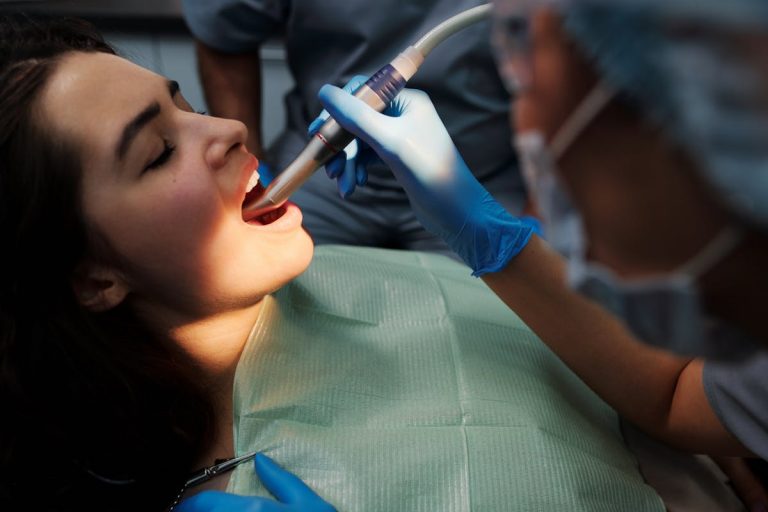If you have been researching oral implants to replace missing teeth in your mouth, then it’s highly likely that you will have read articles relating to the fitting itself and the aftercare.
However, most of the articles that are online relating to implants are based around the traditional endosteal implant, which is the most commonly used type in dental care today. But if you have found through your research and consulting with dental teams that you are not suitable for an endosteal implant, perhaps due to a weak or thin jawbone, you may be happy to then learn that there are different types of implants available and this article will aim to look at some of them.
Endosteal implants
These were mentioned earlier and endosteal implants are the most commonly used dental implants Melbourne. Physically, they resemble a small titanium screw and are affixed to your jaw using surgery and the drilling of a small hole into your jawbone. Over around 3 to 6 months, the implant fuses with the surrounding bone and acts as a stable anchor point for a single tooth, bridge or even an entire set of dentures if using a number of them. It is sturdy, but it can be dislodged with blunt force trauma and of course gum disease. To be suitable for an endosteal implant, you have to have a healthy thick jawbone and not be susceptible to any ailments such as osteoporosis.
Subperiosteal implants
Next on the list is the subperiosteal implant and this is a bit more complicated and can sound a little more intimidating! Physically, it resembles a metal framework which has posts protruding from it and rather than being fitted to the jawbone directly, it is placed underneath the gum line and on top of the jaw, where it may or may not partially fuse but this is not the role of it. When the gum is placed around it, it will be held securely in place. Typically, the fitting of a subperiosteal implant can take around a month to heal, as it is the gum tissue which needs to heal and then a single tooth, bridge or a set of dentures can be attached to the protruding posts.
Zygomatic implants
If you are looking to have oral implants fitted into your upper jaw, but there is an issue with the thickness of it, then your dental team may suggest that you have a zygomatic implant fitted. As the name suggests, a zygomatic implant is fitted to the zygoma, or the cheekbone and as such, it is around 3 to 4 times longer than a standard endosteal implant. The fitting takes quite a bit longer to accommodate for this and the fusing time is estimated to be between 6 to 9 months, as there is a lot more bone that the implant has to fuse to.
Mini implants
Mini implants are also ideal for those who may have issues with the thickness of their jawbone but only want to have a single tooth or crown fitted via an implant. They physically look like an endosteal implant but are much smaller and slimmer and are fitted using less invasive methods. The fitting takes up to an hour per implant and the fusing time is between 3 to 6 months, much like an endosteal implant. However, because they are not required to carry as much weight as an endosteal implant, you can have the prosthetics fitted long before the fusing is fully completed.
Any surgical or invasive procedure carries risks. Before proceeding you should seek a second opinion from an appropriately qualified health practitioner.





